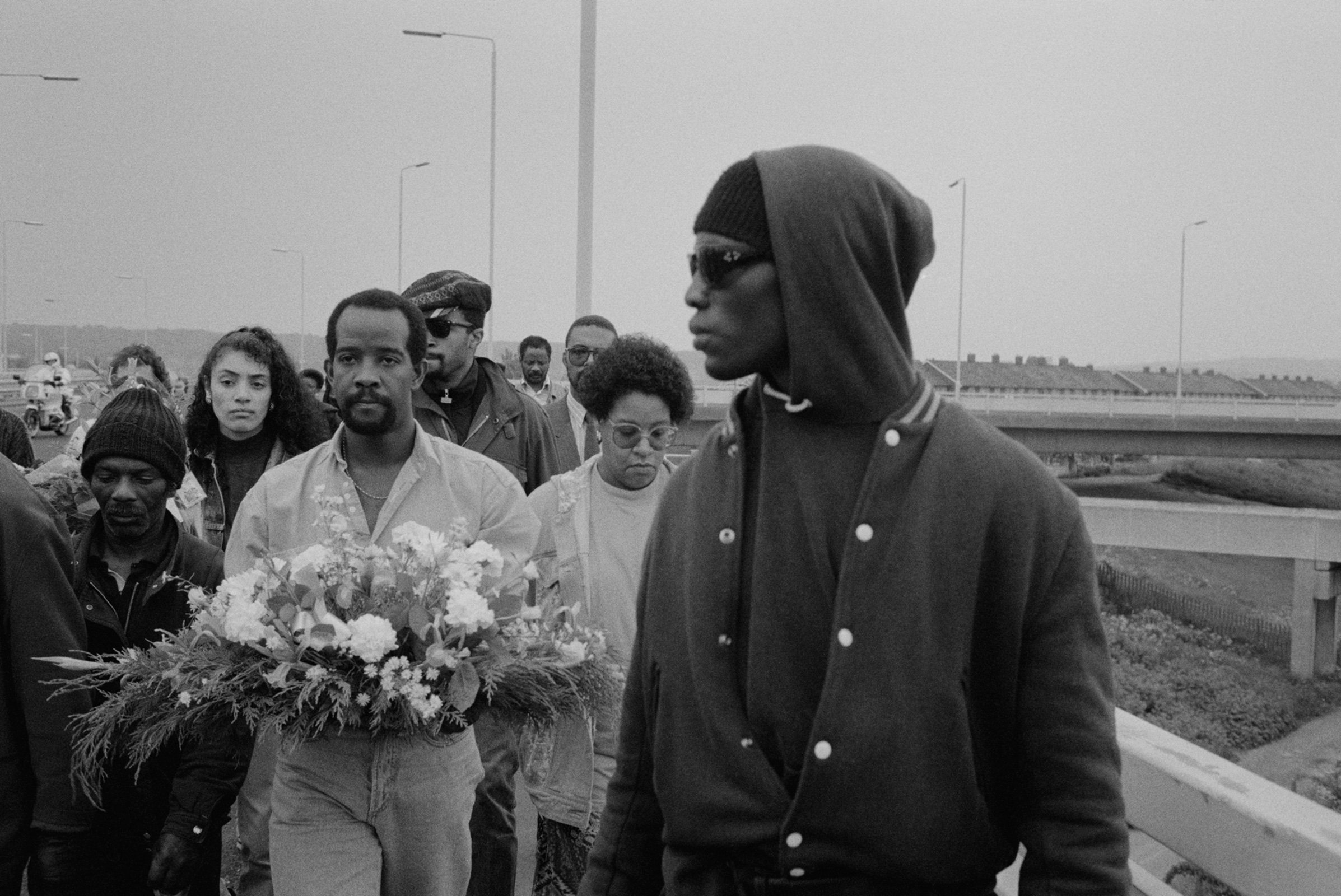London Project
For many years, Paul photographed the London’s streets with a 35m rangefinder camera. After studying photojournalism and working with an SLR in Cuba, he gravitated towards a smaller, lighter and less conspicuous camera. He also found that carrying several lenses was pointless for the kind of situations he often found himself in. He quickly realised that when people saw him in the street with a large professional camera, they thought he was a photographer on some sort of assignment, and this was exactly the opposite of how he wanted to be perceived, because his wanderings and detours were not concerned with anything remotely resembling journalism. He says:
“I just wanted to have a look at what was happening on the streets. I had spent a lot of time walking around London, so in a sense, this was a creative continuation of that. I quickly realised that concrete deadlines, whilst necessary for paying the bills, were not what really motivated me in terms of my relationship to my home city. So, whilst doing commercial jobs, I kept exploring parts of the city from dawn to dusk, and quite frequently through the night. In the late 1980s, I gave up driving in the city, and this was both inspirational and liberating.”
As Paul came from an education and social activism background, in the 1980s he started photographing the impact that the far-right were having on London’s diverse populations. He focused on demonstrations, riots, anti-fascist punch-ups and memorials events. Growing up in Greenwich, where the young men Stephen Lawrence, Roland Adams and Rohit Dougal were murdered in racist attacks, Paul felt a particular sense of responsibility to make images around the crisis, and subsequently, when Channel Four TV were looking for a director to make a contemporary documentary around Stephen Lawrence, he was commissioned as soon as the editor saw his images from Greenwich and the East End. This resulted in the film ‘Living with the Bunker’ which critically assessed the failure of the Metropolitan Police to meaningfully investigate the murders in Greenwich.
Many of these detours were concerned with the impact urban change and gentrification had on areas that had previously experienced a strong sense of place and community, and the images reflect and evoke changing urban landscapes coping with economic, cultural and historical pressures that were not always warmly welcomed locally. Whilst photographing in London’s East End and Greenwich areas, Paul witnessed and challenged a series of racist attacks, and on two occasions sustained serious injuries which impacted on his approach to visual urbanism and the politics of photographic storytelling. The project was made over twenty years from 1986 – 2006 and was completed the week that he gave a talk at London’s Tate Modern on his urban and street photography.
























